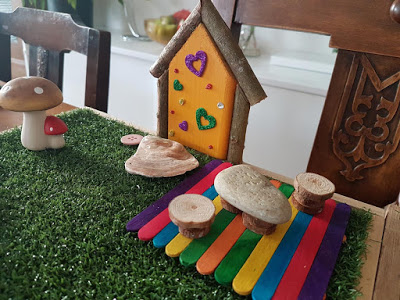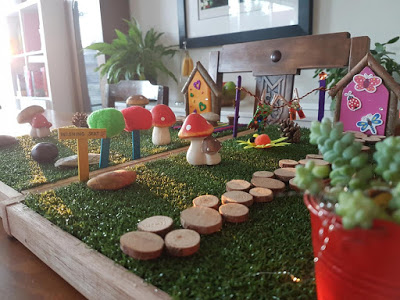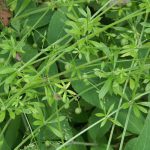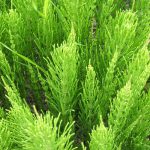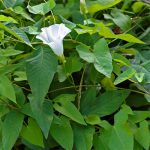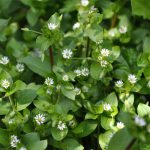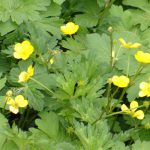Larger Bindweed, Hedge Bindweed
Calystegia sepium
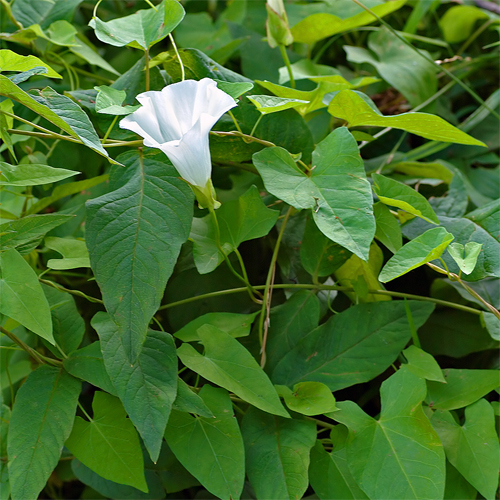
Bindweed is a notorious, perennial weed which no gardener wants to find in their garden as its so hard to get rid of. It forms strings of heart shaped leaves on twining stems which climb over fences and hedges. It is most often seen as a hedgerow plant or weed, scrambling over and often smothering hedges and shrubs of all sizes and even smaller ornamental trees. The flowers are pretty white trumpets but the weed grows from woody, underground rhizomes and any tiny bit left will quickly grow again. Larger bindweed is able to grow over four metres (13 feet) high in a single summer. This means it stretches up to 20 cm (8 in.) in 24 hours – during its most intense period it is almost possible to watch the plant grow in front of your eyes.
Leaves
Calystegia sepium climbs with strong twining stems and has large heart-shaped leaves.
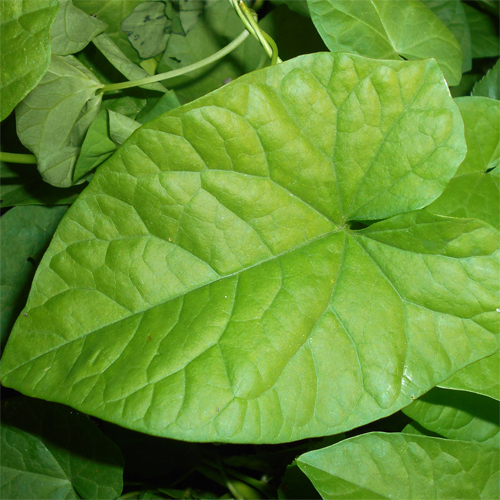
Flowers
The flowers are white, or pale pink with five darker stripes, produced from late spring to the end of summer. The open flowers are trumpet-shaped, 3–7 cm diameter, white, or pale pink with white stripes.
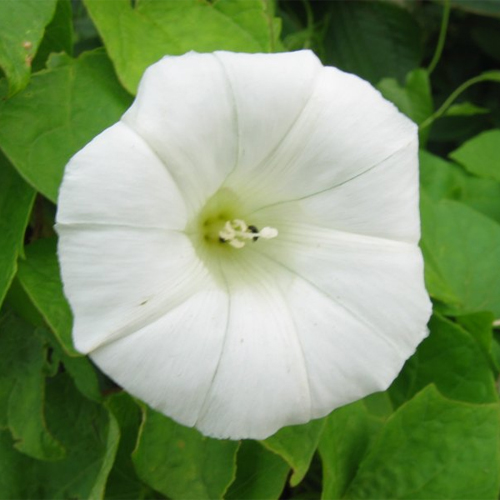
Preferred Habitat
Hedge bindweed grows best in moist soil and can be found along streams and roadsides, in moist thickets, and around waste areas.
Weed Control
They are not easy to remove as they persist from a perennial root system. The roots are usually white and brittle and, if broken, are able to regenerate from the smallest sections. By persistent digging and hoeing it is possible to eradicate these weeds in a couple of years, although new colonies can establish from seed or from roots on neighbouring land. Because of this, and wherever feasible, it can pay to insert vertical, solid barriers (45cm/18in deep) into the soil along fences and other boundaries. Fork out to remove as much of the roots when carrying out any routine autumn and winter digging. In spring as new growth appears, dig out new shoots. In areas where it is not possible to dig without disturbing plant roots, sever the weed at ground level with a hoe. This will need to be repeated throughout the growing season as new growth reappears.
Not Just a Weed
Bindweed has been known for a long time for its properties to purify and cleanse the body and calm the mind. Native Americans would use the plant as an antidote to spider bites, and the leaves of the plant were believed to enhance the secretion of bile. The extract of bindweed is believed to arrest the growth of tumors, and its anticancer properties are presently being researched.
